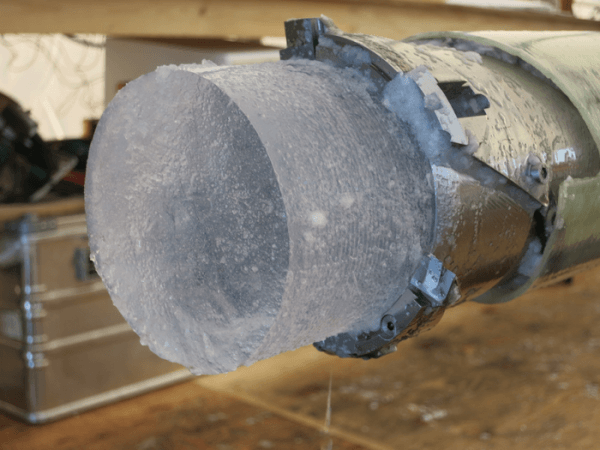For the first time, the analysis of an ice core taken from the east coast of Greenland, in Renland, has allowed researchers to recreate the trend of the fires that have scourged the Icelandic forests over the last five thousand years.
The discovery was made by an international team led by Ca’ Foscari University of Venice and the Institute of Polar Sciences of the National Research Council of Italy (CNR-ISP). The results, which were published in the journal Climate of the Past, are a crucial contribution to the understanding of the links between fires, climate and human action.
Ice has always been the backbone of the climatic and environmental history of our planet and it allows tracing back information from past centuries and millennia about temperatures, volcanic eruptions and even fires.
“The analysis of the chemical compounds found in ice cores collected in polar areas helps to recreate climate-related aspects and weather events of the past'', confirms Andrea Spolaor, researcher at the CNR-ISP. “In this case we are talking about compounds such as black carbon, ammonium and levoglucosan, produced during biomass burning. By measuring these tracers, we found that in the high North Atlantic, which encompasses the north-east, south-east and south-west coasts of Greenland and Iceland, more than 4,500 years ago the number of fires decreased thanks to weaker summer insolation, resulting in the expansion of glaciers and and sparser vegetation”.
Read more at Università Ca’ Foscari Venezia
Image: Piece of the ice core recovered on which the analyses relating to the published work were carried out (Credit: RECAP Project)


